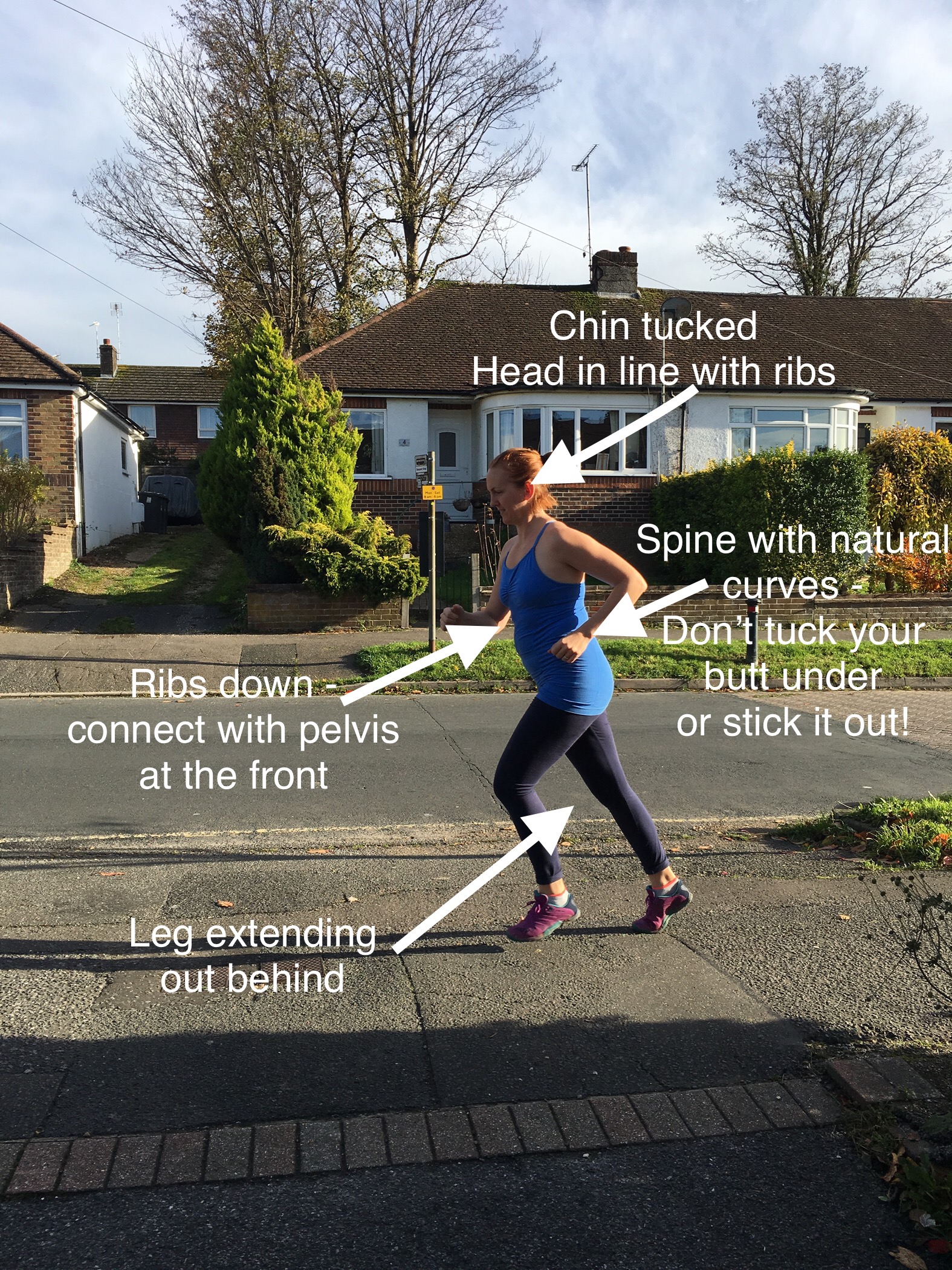When it comes to breathing in running it would seem simple enough that you just breath and your breathing gets bigger as you need more oxygen through exertion. However, how many times have you got a stitch, felt some weakness in your pelvic floor, or felt that you don’t have enough breath left in you to keep going? These are all symptoms of a problematic breathing pattern and you can do something about it really easily.
Why is breathing correctly so important?
Full breath = more oxygen - pretty obvious but the more of your lungs you use the more oxygen you get in and so the more your muscles have available to use up. Often I find runners will breath into the upper part of their lungs and use their shoulders to heave their upper ribs up and down which creates a shallow, short breath, this is fine if you’re sprinting shorter distances but not if you’re running a 10k or marathon.
Diaphragm and Pelvic Floor (PF) need to work together. Your diaphragm is a large sheet of muscle sitting and curving with the base of the ribcage and attaching into your spine, and your pelvic floor is a set of different muscles that all sling like a hammock between the bony parts of the base of the pelvis and spine. The pelvic floor muscles and the diaphragm mirror each other and work most effectively and completely when they mirror each other exactly both in alignment (being over the top of each other on the same plane) and movement pattern. When we breath out the diaphragm draws up and this is mirrored by the pelvic floor drawing up, and as we breath in and the diaphragm comes down opening the ribs out to the sides, the PF also draws down between the bony landmarks of the pelvis giving a feeling of expansion or release. In this way the PF works in the most effective way, allowing for the management of pressure in the abdominal cavity - if your PF and diaphragm work in opposites to each other (with the PF pushing down on the breath out) then the pressure in your abdominal cavity is increasing and pressure going into the PF can be hard to manage possibly resulting in PF dysfunction, leaking or potential to prolapse.
Breathing from the base of the pelvis helps to connect with the lower abs as well as reducing pressure in the abdominal cavity. Place one hand on your lower abs, and one hand on your upper abs and then breath heavy enough to be able to feel the movement of your belly while your breathing. As mentioned above, it’s important for your PF to move down during the breath in and draw up on the breath out, you want to feel that the hand on your lower abs moves before your hand over your upper abs, drawing inwards. The cue I use is “breathing out from the base of your pelvis”. When you do this you are helping to manage the pressure in your abdomen again so that it doesn’t get pushed out to the wrong places (forwards or down) and helps your PF to connect with the lower part of the deep abdominal muscles below the belly button.
Reduce strain on the shoulders. As mentioned in point 1, runners often breath by heaving their shoulders up and down, by the end of a run you may find you have neck and shoulder aches and strain which can be quite tiring and require you to do something to soothe your aching shoulders!
What’s the solution?
Think of breathing 360 degrees all the way round the base of your ribcage imagining your ribs are like bucket handles lifting up and out to the sides, so you are not just breathing to the front but sides and back of your ribs as well. You need to also think of feeling your ribs expanding out to the back of your body as well so mobility in this area is important - how do you get that? More back body breathing of course!
When you’re at rest get used to practicing the movement of your PF and diaphragm so that they move synchronously up together on the breath out and down together on the breath in. When you feel you’ve got that well practised, use the same breath pattern in all strength exercises you do and then also when you are moving dynamically. Running might be the last step in that progression particularly if you’re having difficulty with it.
As in step 2 practice breathing from the base of your pelvis when at rest, then when doing strength exercises - supine lying, on hands and knees, sitting and then standing would normally be the progression for this as standing is the most complicated, but not always with all people. Then progress to dynamic movement, always feeling the breath from the base of the spine.
If you are doing all the above you will be focussing on breathing down and low which is great and will release the strain on your shoulders. Think of your shoulders as an American Football players shoulder pad frame that sits on top of your ribcage, unconnected to your ribs and so you are able to breath underneath your shoulders without involving them.
I hope all these points help you to breath with more control and more comfortably, able to run for longer and potentially faster!
Let me know what you think, if you have any questions and if you have tried out these points and have any comments.






